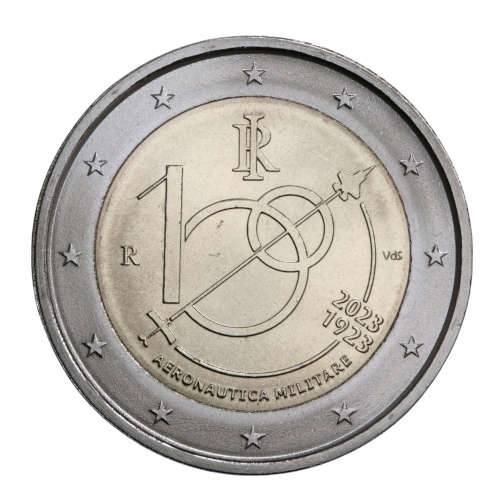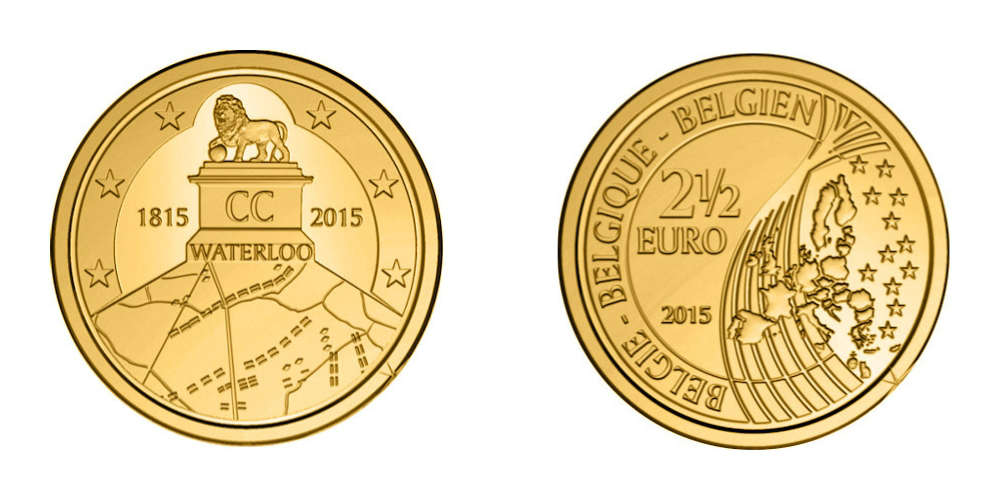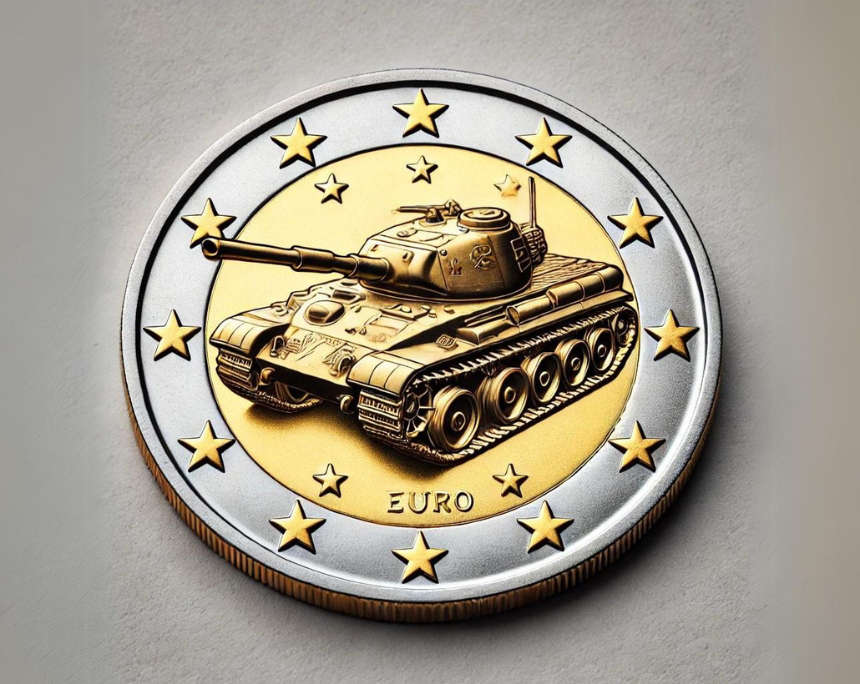A Military Motif in Circulation – Or: How Political Should 2-Euro Coins Be?
by Sebastian Wieschowski, translated by Maike Meßmann
When Russia invaded Ukraine on 24 February 2022, the world looked to Europe in bewilderment. And the numismatic community responded with admiration and support when the three Baltic states put forward their idea of expressing solidarity in a historically unique way: As early as in 2022, Estonia issued a 2-euro coin in honour of Ukraine (this was the first time for an Estonian coin to feature a legend in a foreign language: “Slava Ukraini” or “Glory to Ukraine”). And in 2023, Latvia (with the Ukrainian sunflower) and Lithuania (“Kartu Su Ukraina”) followed suit.
Content
Two years later, the war between Russia and Ukraine is far from over. And the question of whether Ukraine might be just a stopover on Russia’s way to becoming a new super power is not only a concern of international organisations, but especially of Russia’s immediate neighbours.
Baltic States Fear Russian Attack
Therefore, Lithuania has gone one step further in its numismatic reaction to Russia’s war of aggression: On 6 May 2024, the Lithuanian mint launched a design competition to create a new 2025 2-euro commemorative coin. The theme of the coin is “the defence of the Lithuanian state against foreign armed forces”.
While artists are invited to express their interpretation of this theme in the form of a coin, the announcement has sparked a lively debate in online forums and Facebook groups of the numismatic community. The central question: Are 2-euro coins being exploited for political purposes? And is it acceptable for the public to be confronted with the images of tanks at supermarket checkouts in the near future?
Has This Been Pre-Approved?
Lithuania’s plan raises a number of questions – for example, whether the project has been approved by the European Union in advance. If not, other member states might object. Up to now, the depiction of war themes has been a taboo, with the only exception being coins on historical themes such as the Second World War.
While euro countries can do whatever they want with their national commemorative coins, their freedom regarding the design of 2-euro coins is quite limited – after all, these coins may also be used for payments in neighbouring countries. That is why the European Commission has set up a multi-stage process to approve new designs:
- First, the draft must be submitted to the Commission.
- The Commission carries out a first check regarding the values and guidelines of the European Union.
- The Commission then informs other member states, and every euro country has the right to veto the design.
- The Commission can determine that a design is incompatible with European values or that it is considered provocative. In this case, the draft is returned to the issuing country, which will be requested to come up with a new design.
But is a coin design that deals with the legitimate and highly topical issue of national defence a provocation? The European Commission has drawn up guidelines for the design of 2-euro coins. According to these rules, offensive or provocative motifs are to be avoided, as well as political and warlike motifs that are likely to provoke negative reactions.
Not Every 2-Euro Design Has Been Given the Green Light
However, these guidelines leave room for interpretation – and the limits of what is considered warlike are anything but clear:
In 2023, Italy put a fighter jet on a 2-euro coin to celebrate the 100th anniversary of its air force without any opposition from other euro countries. A couple of years earlier, in 2019, an Italian design was vetoed by two neighbouring countries when Italy planned to celebrate the anniversary of its mountain troops.

No problem for eurozone neighbours: in 2023, Italy was allowed to celebrate its air force on a 2-euro coin. Photo: Wieschowski
France opposed Belgium’s plan when the country wanted to celebrate the 200th anniversary of the Battle of Waterloo an a 2-euro coin in 2015.

A sure recipe for dispute between neighbours: France vetoed a Belgian 2-euro coin commemorating the Battle of Waterloo. As a response, the Belgians used the motif for a 2.5-euro coin, which can only be used as legal tender within the country’s borders. Photo: herdenkingsmunten.be
And San Marino was not allowed to issue a 2-euro commemorative coin for the 50th anniversary of John F. Kennedy’s death because it was not clear enough how this related to the issuing country and the European Union.
Estonia had to redesign a 2-euro coin with the image of a wolf in 2021, because the original design was too close to the symbol of the Grey Wolves, the Turkish far-right movement.
Coin enthusiasts in online forums and Facebook groups are already busy discussing the chances of success as well as the purpose of this 2-euro coin. Individual collectors are wondering about the message of the coin and about whom this message is addressed to. They fear that such a coin might act as a “warmonger” among the general public. Others say that 2- euro commemorative coins, which can be used in day-to-day payments, should stick to neutral messages. The depiction of warlike motifs might undermine the neutrality and the harmonic character of euro coins. Historical themes are accepted as exceptions, as there is usually a certain temporal distance and social acceptance.
It is still unclear whether the 2-euro coin celebrating Lithuania’s national defence will find its way into the wallets of people across Europe in 2025. However the debate has shown one thing – commemorative coins can be very political and there is a lot of responsibility that comes with their design.








